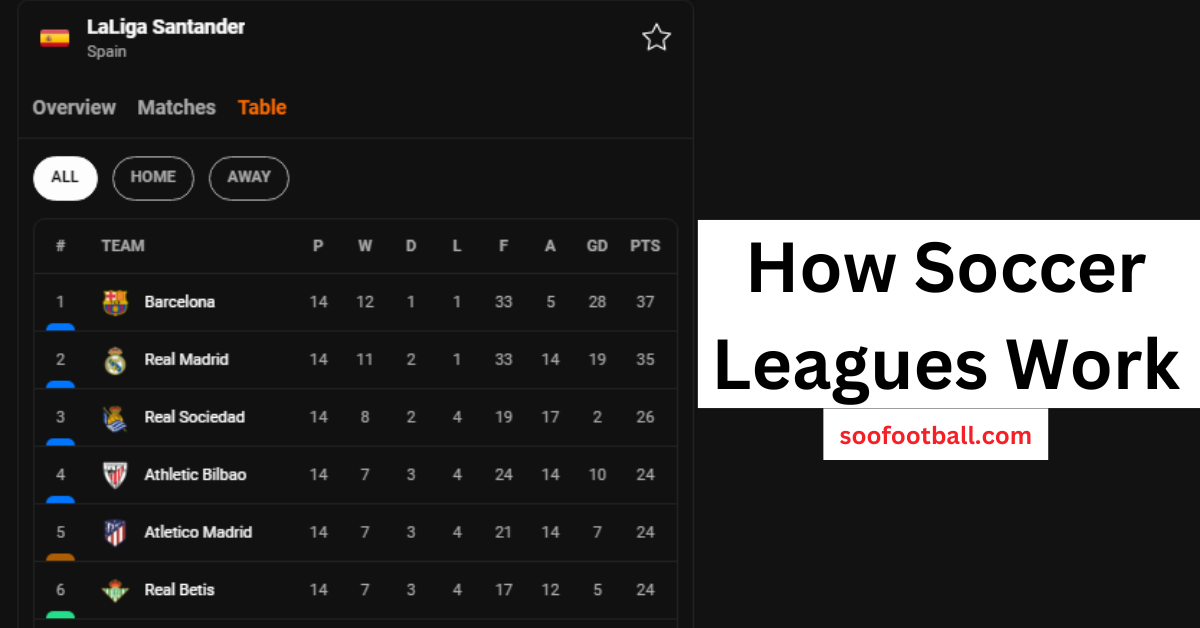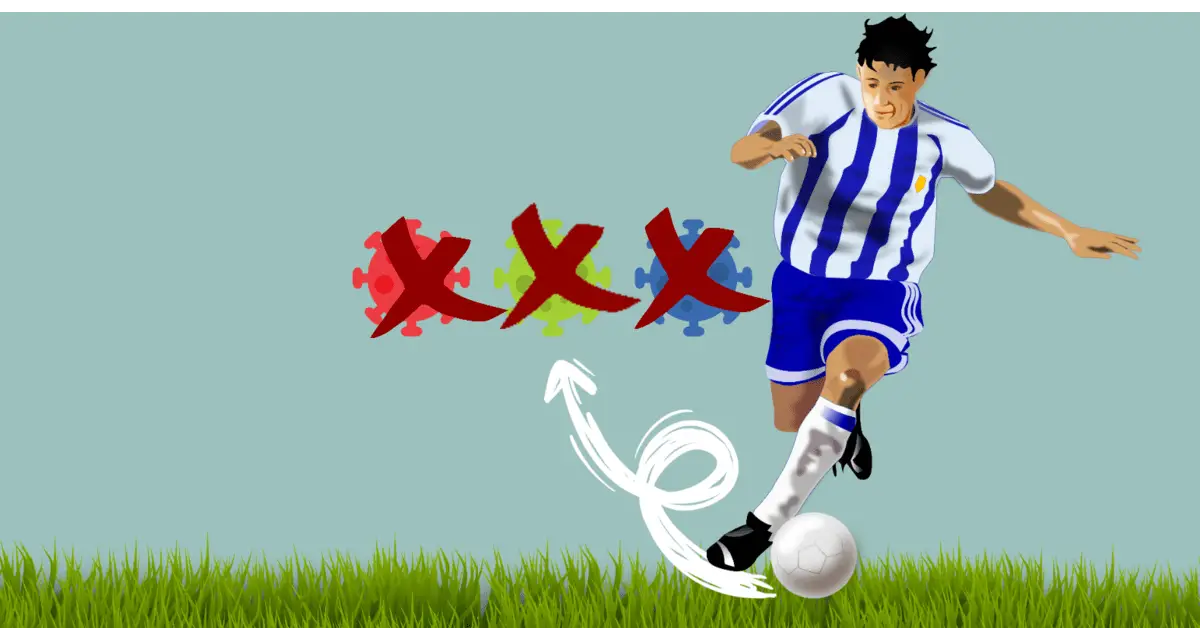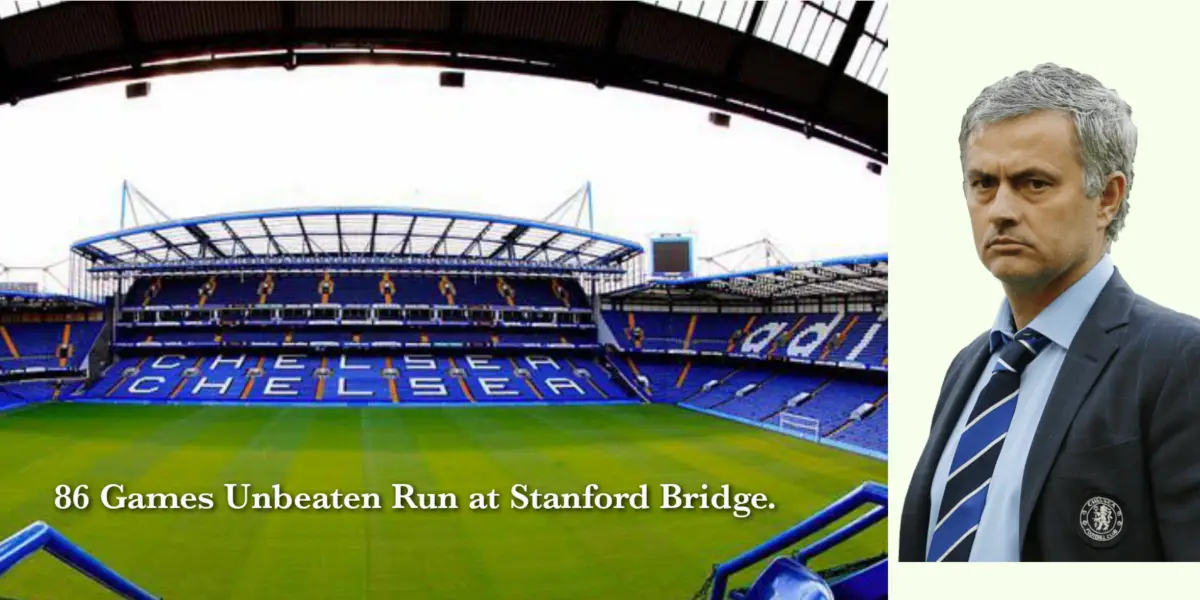Leagues are one of the commonest formats of Soccer competition but some fans do not know in detail how they work.
In this post, you’ll understand the nitty-gritty of how Soccer Leagues work.
But to start with…
What is a League In Soccer?
In Soccer, a league is a competition, where each and every team plays against each other, possibly home and away, in order to ascertain a Champion.
The above definition is general but there could be slight variations in how Leagues operate from region to region as you’ll find out much later in the article.
How Soccer Leagues Work In Summary
All teams in a league play each other home and away, with 3 points awarded to each team that wins.
The team with the most points after playing all rounds of matches emerges champion.
Also, a certain number of teams are relegated to a second-tier league.
For most leagues, like the English Premier League and the Championship, the bottom 3 teams are relegated. In other Leagues like the German Bundesliga, 2 teams are relegated.
In summary, every league has a Champion and some teams are relegated. This is one of the reasons why Soccer is popular.
Detailed Breakdown of How Soccer Leagues Work
See below for some detailed explanations of the attributes of a League.
Points
Points are the ultimate ranking factor of all teams in a league.
- 3 points are awarded to each team that wins.
- In the event of a draw (when scores are level), both teams get one point each.
- A losing team gets no points at all.
Home and Away
In a Soccer League, matches are played either in your home stadium or away from home.
Each team plays one another home and away – at the end of a league season, a team must have played the exact number of home and away matches.
Typically, the home team has the psychological advantage of having more fans in the stadium than the away team to cheer and support the team.
Rankings
There is a hierarchy of league-ranking factors and points are the most important in any league.
However, when two or more teams have the same points, goal difference (GD) is the next ranking factor in most leagues.
[Goal Difference is the total number of goals scored by a team minus total goals conceded. Check out the meaning of other Soccer League abbreviations.]
In some other leagues, like the Spanish La Liga, for example, the next league-ranking factor after points is Head-to-head between the teams involved.
Head-to-head (or H2H in short) here means the team with a higher aggregate score of home and away matches, will lead the table. In the event that the score is level, the team with the higher away goals leads the table.
This is similar to what is adopted in the old Champions League format.
In essence, the major league-ranking factors are points, Goal Difference, Head-to-head, Yellow cards, and red cards.
Champion
The Champion of a Soccer League is the team that has the most points at the end of the league season.
In the event that two or more teams have the same number of points, other ranking factors as explained above come to play and the hierarchy varies slightly in different leagues.
Qualifications
In Europe, the Champion and two or 3 other teams qualify for the UEFA Champions League. 2 or 3 more teams then qualify for the Europa League.
Since the English Premier League is the best league in the world, we will use it as an example here again.
In the EPL, the 1st, 2nd, and 3rd placed team on the league table automatically qualifies for the Champions League group stage.
The 4th placed team would have to win a pre-qualifier (home and away) fixture to qualify for the Champions League group stage. If they lose the fixture, that’s the end of the road for them. It is not automatic.
The 5th-placed team in the Premier League qualifies for Europa League.
However, the only major difference in La Liga is that the 6th placed team qualifies for the newly-started Europa conference League.
In lower-tier leagues like the English Championship, for example, a playoff set of fixtures must take place to know which team is promoted to the Premier League. Read how the Championship Playoffs work in detail.
Relegation
In almost all domestic leagues, relegation takes place.
Simply put, relegation is the demotion of bottom-placed teams on a league table to a lower league.
In a League of 20 teams like the Spanish La Liga and Premier League, for example, 3 teams are relegated.
However, in some other leagues like the German Bundesliga, only 2 teams are relegated because they have just 18 teams who play in the competition.
Exceptions To The General Soccer League Format
You may have noticed that some competitions have the term ‘League’ in their name but do not follow this exact format.
There are some exceptions to the practice of how general soccer leagues work.
As mentioned earlier, in a league, the team with the highest point wins it. That is not exactly the case in the UEFA Champions League.
The League format only takes place in the Group stage before the knockout phase begins. The team with the highest points in the group wins each group and qualifies for the knockout stages.
This exception applies to all other continental Champions League like CAF, CONMEBOL Libertadores, etc.
In the traditional domestic League, there is no such thing as a knockout. It’s a league format from the beginning to the end.
Another exception to the general format is the UEFA Nations League. Read up on how the UEFA Nations League work to understand the difference.
The Major League Soccer also takes a different shape from the traditional League format. Read our detailed guide on how the Major League Soccer differs from regular Leagues like the EPL.
Further Reading:





